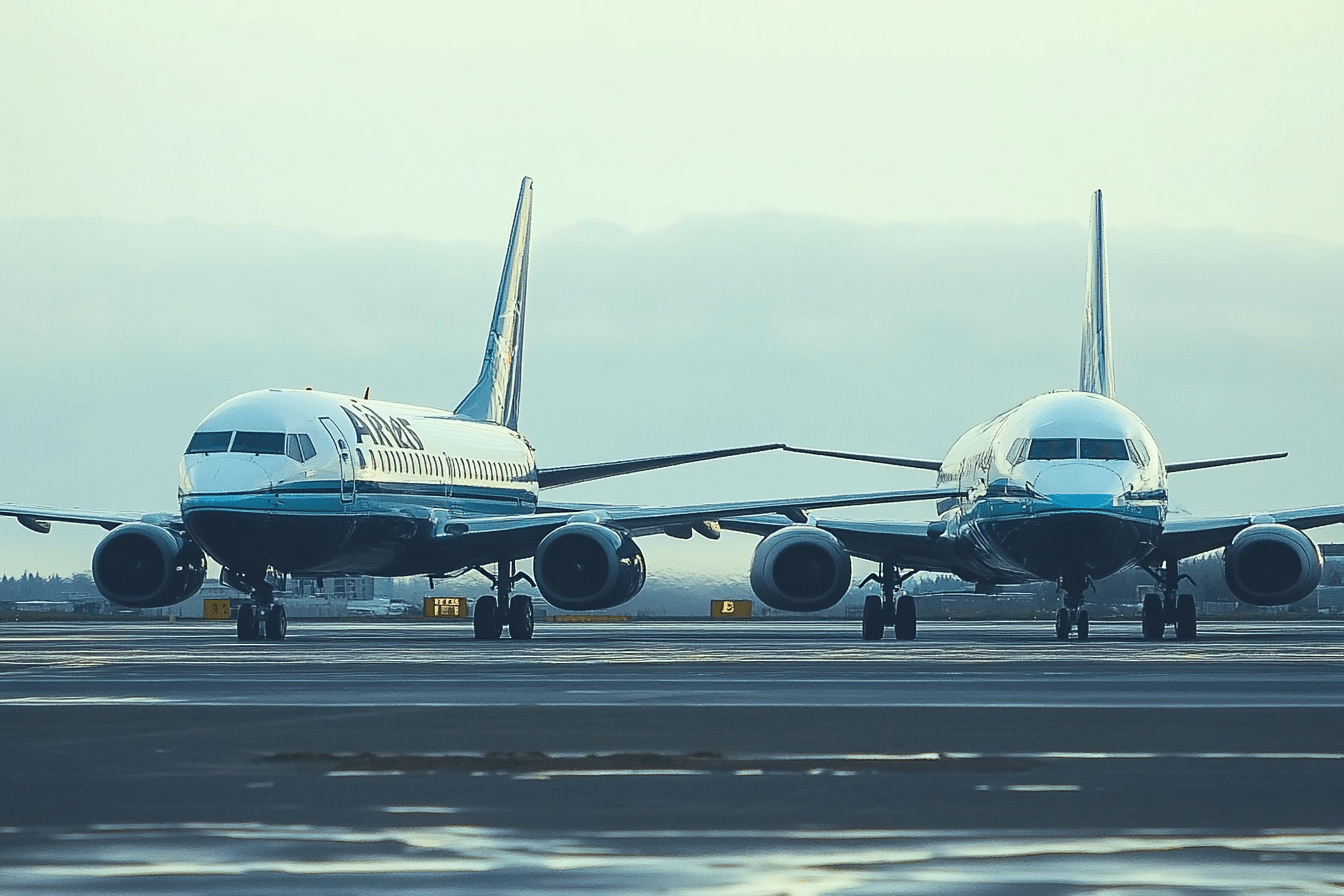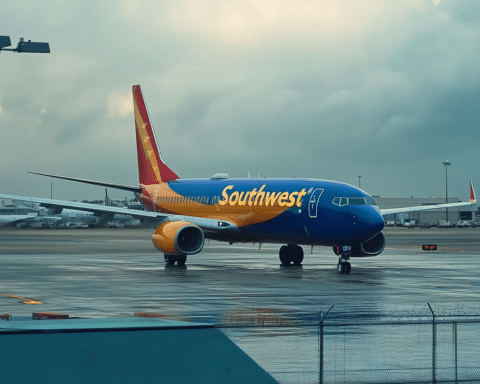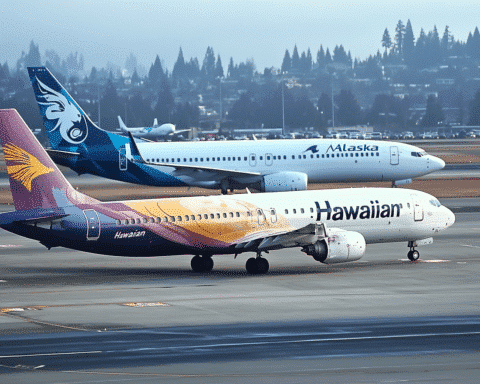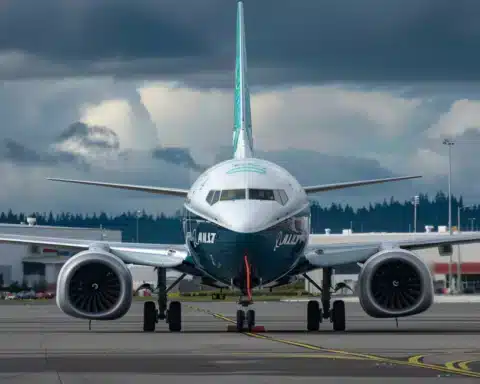Alaska Airlines has announced bold plans to expand its international presence while capitalizing on premium travel demand. With new nonstop routes to Japan and South Korea, enhanced premium services, and a revamped fleet strategy, the airline aims to boost profits by $1 billion through 2027. These initiatives mark a significant step in reshaping the carrier’s operations after its Hawaiian Airlines acquisition.
New Routes to Asia: Expanding Horizons
Alaska Airlines revealed plans to launch nonstop flights between Seattle-Tacoma International Airport and Tokyo’s Narita International Airport in May, followed by flights to Seoul’s Incheon International Airport in October. Tickets for Tokyo flights are already on sale, while Seoul fares will be available in early 2025.
This expansion leverages Hawaiian Airlines’ wide-body aircraft, including the Airbus A330-200, acquired in Alaska’s $1.9 billion merger. Alaska Airlines aims to serve at least 12 international destinations from Seattle by 2030, reshaping its global footprint.
Financial Growth and Shareholder Confidence
Alaska Airlines forecasts pretax margins between 11% and 13% by 2027, with per-share earnings exceeding $10. The carrier’s shares have risen nearly 40% this year, outperforming the S&P 500’s 27% gain. “We’re focused on delivering sustained growth and meeting demand in the high-end travel market,” said CFO Shane Tackett.
Alaska authorized a $1 billion share buyback to strengthen its financial position further, signaling confidence in its long-term profitability.
Enhanced Premium Travel Experience
In response to rising demand for premium travel, Alaska is upgrading its premium economy and first-class offerings, especially on Hawaiian’s Airbus A330s. “More people are willing to pay for additional space and comfort, and we need to serve that demand,” Tackett stated.
These upgrades align with a broader industry trend, as rival Delta Air Lines has also reported increased demand for first-class seats. Tackett emphasized, “Most revenue growth in recent years has come from premium offerings, a trend we expect to continue.”
Strategic Fleet Management
Alaska Airlines is also navigating challenges in its fleet management. After a critical safety issue involving a Boeing 737 Max 9, Alaska has emphasized the importance of quality over speed in Boeing’s production process. “Quality is way more important to us than rate,” Tackett stressed. Alaska continues to work closely with Boeing to ensure reliable aircraft deliveries.
New Premium Amenities and Partnerships
The airline is set to open a new lounge at San Diego International Airport, enhancing its appeal to high-end travelers. Additionally, Alaska is launching a co-branded premium credit card with Bank of America, offering customers added value even when they aren’t flying.
Alaska Airlines is charting a transformative course with its strategic expansion, fleet upgrades, and commitment to premium travel. By addressing evolving customer demands and ensuring quality in its operations, Alaska is positioned to soar to new heights. As Tackett put it, “We’re not just growing; we’re evolving to meet the future of travel.”





